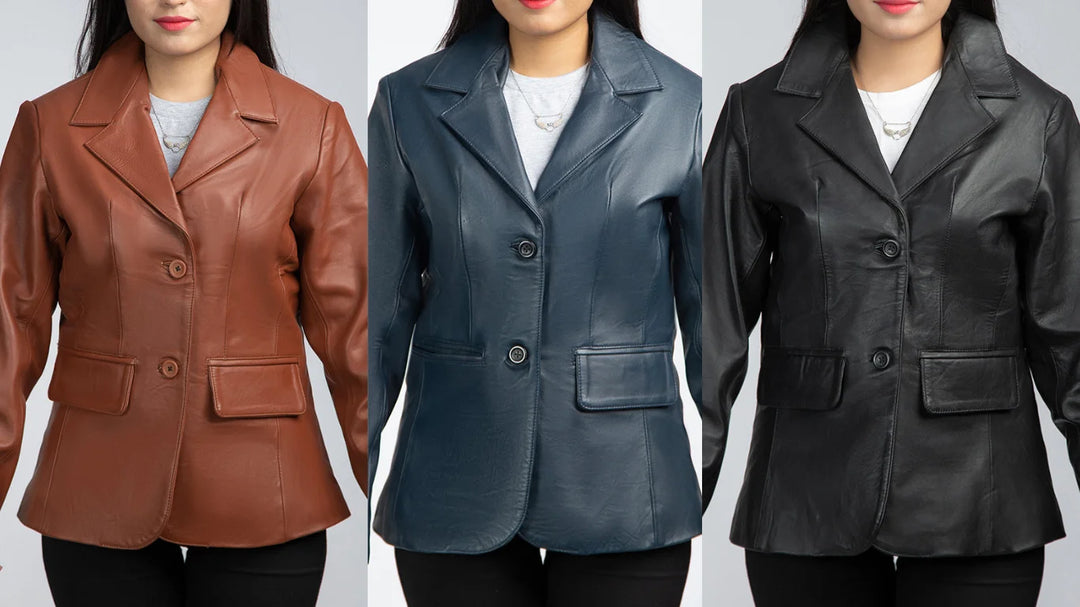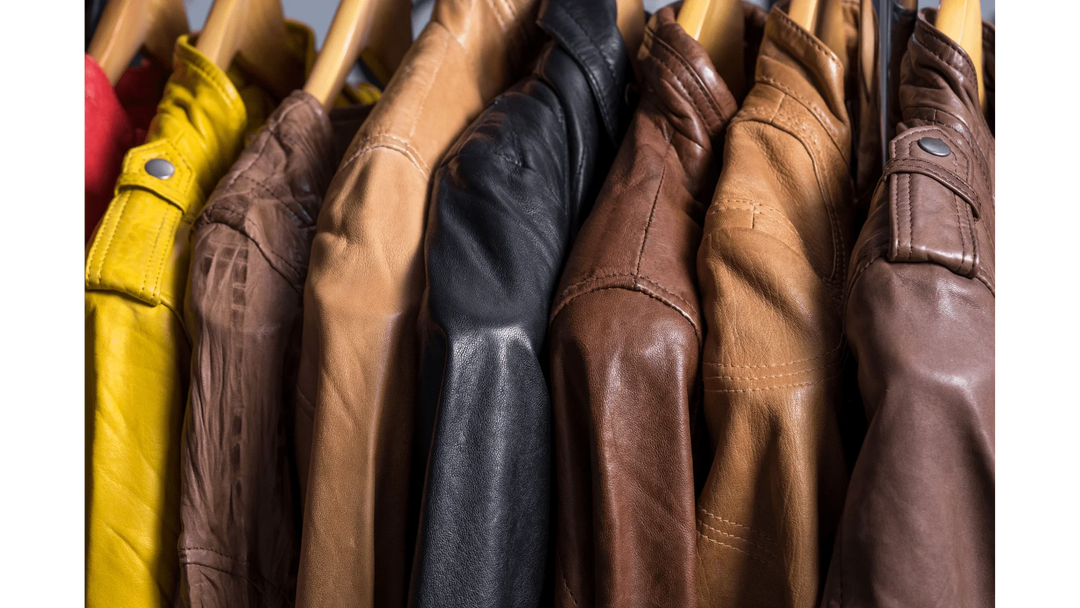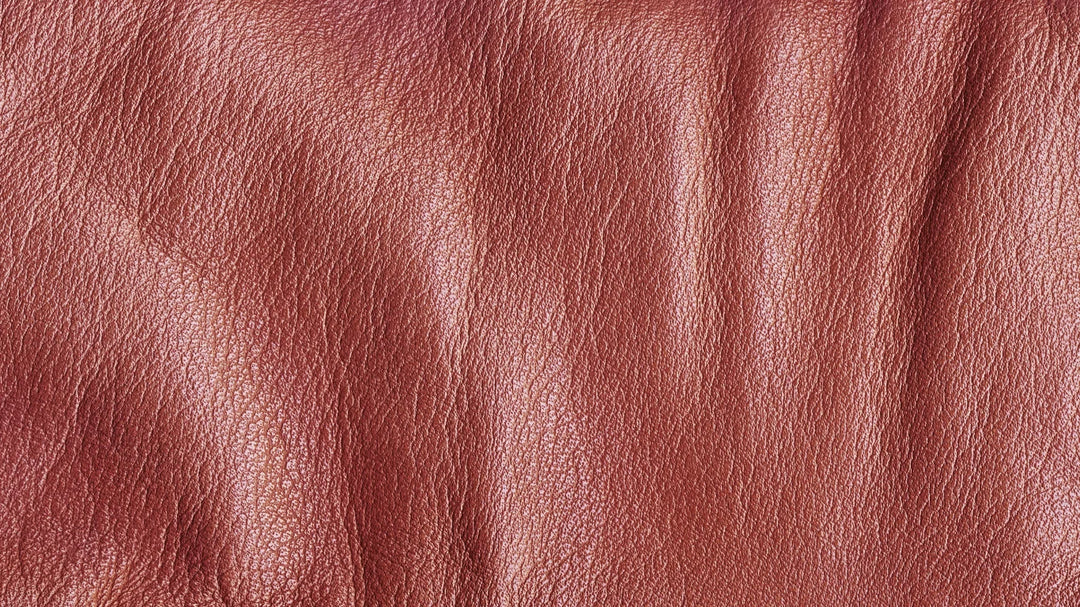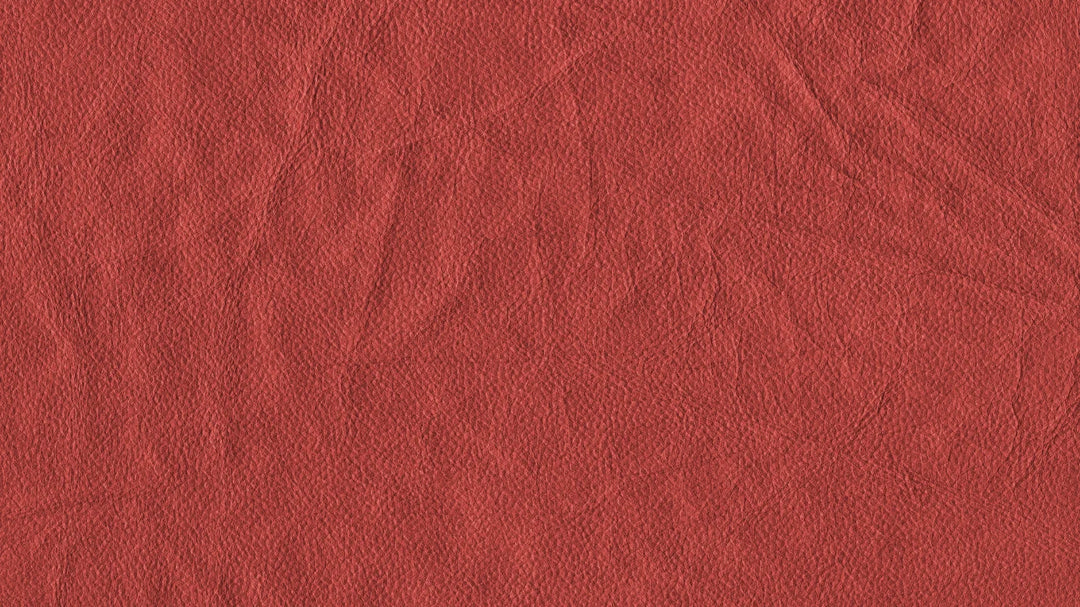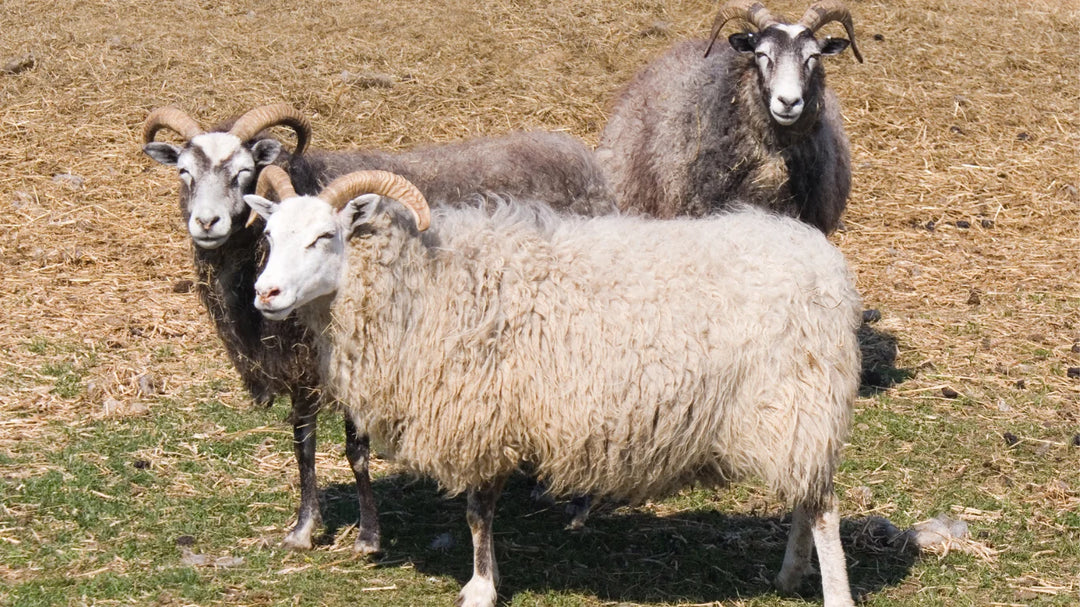You're ready to buy that trendy leather jacket you've been eyeing. But wait a second, how can you be sure it's the real deal and not a cheap imitation? With the market flooded with faux leather products, distinguishing between genuine and fake leather can be challenging. This article is designed to help you become a savvy shopper with the knowledge to spot a fake leather jacket.
Understanding the Basics of Genuine VS Imitation
You've got to grasp the key differences between genuine and imitation leather. It's not just about look and feel but also about quality, durability, and how they age. Genuine leather, made from animal hide, is known for its distinctive, natural smell and unique, irregular grain pattern. It's durable, breathable, and gets better with age. On the other hand, imitation leather, also known as faux leather, is made from synthetic materials like PVC or polyurethane. It often has a uniform grain pattern and lacks an authentic smell. While it can mimic the look of real leather, it doesn't possess the same longevity or aging charm.
Now, let's delve into the quality factor. High-quality genuine leather is soft and flexible, allowing it to mold to your body over time. It's also resilient, resistant to tears, and can withstand various weather conditions. Fake leather, however, feels stiffer and cheaper. It's not as resilient and can crack or peel over time, especially when exposed to harsh conditions.
The third factor to consider is the price. Genuine leather products tend to be pricier due to the complex processing and tanning procedures involved in their production. If you come across a suspiciously cheap leather jacket, chances are, it's not genuine leather. Faux leather is considerably less expensive, mainly because it's easier to produce in large quantities. Remember, it's not just about the initial appeal of the item but also how it stands the test of time. A genuine leather jacket, despite being more expensive, can serve you for decades if properly cared for. It can even develop a beautiful patina, adding to its character. A faux leather jacket, while looking good initially, may disappoint in the long run as it starts to deteriorate. So, scrutinize the aesthetic appeal and the quality, feel, smell, and price when buying a leather jacket to ensure you're not falling for a faux.
Examining the Texture and Appearance
Genuine leather has an unmistakable feel that's hard to replicate. It's smooth yet resistant and boasts a distinct smell that fake versions can't match. If the jacket feels too plastic-like or smooth, it's likely not genuine. Don't forget to look closely at the grain of the material as well. Real leather has irregular texture, unlike faux leather, which often has a uniform pattern. Next, pay attention to the edges of the jacket. Genuine leather has rough edges that are hard to cut, while faux leather jackets typically have a clean, smooth cut perfectly. The edges of a faux leather garment will also be of uniform thickness. However, a real leather jacket will have varying thicknesses due to the natural variations in the animal's skin.
The jacket's appearance can also give away whether it's fake or not. Real leather changes over time, developing a patina that adds character and age to the material. If your jacket shows no signs of aging or wear, it could be a sign that it's not genuine leather. Similarly, if the jacket has a shiny or glossy finish, it's likely faux leather. Genuine leather has a matte finish that only shines after years of use and care.
You'll also want to examine the price tag. Genuine leather jackets are typically more expensive than their faux counterparts due to the quality and durability of the material. If the deal seems too good to be true, it probably is. However, a high price doesn't always guarantee authenticity, so it's important to use all these techniques together to determine if your jacket is real or fake.
Detecting the Distinctive Scent
Sniffing the garment, there's a particular aroma that genuine animal hide carries that you simply can't ignore. Real leather has a distinct, rich smell that is hard to replicate. The scent is slightly sweet and musky, often described as a 'new car' or 'luxury handbag' smell. This fragrance is ingrained into the material during tanning and tends to linger on the product for life. If the jacket you're inspecting doesn't have this characteristic odor, it's quite possible that it's not the real deal. Remember that fake leather, or pleather as it's sometimes called, often has a chemical or plastic-like smell. This is due to the synthetic materials and processes used to make it. While manufacturers have gotten better at mimicking the look of real leather, they still struggle to recreate that distinctive leather scent. It's a simple yet effective way to sniff out imitations. But don't forget, it's just one piece of the puzzle. Combine it with careful visual inspection and touch tests, and you'll be equipped to make an informed judgment about the authenticity of that leather jacket.
Checking the Label and Price Tag
Now, let's turn our attention to the label and price tag because they can shed quite a bit of light on whether you're holding a genuine piece or not. Real leather jackets come with a label that clearly states 'genuine leather,' 'made of cowhide,' 'sheepskin,' or other types of animals from which the leather is made. Fake leather, however, will typically have labels indicating 'man-made material,' 'faux leather,' 'PU leather,' or 'synthetic leather.' The absence of any label might also indicate a counterfeit item. Remember, manufacturers of genuine leather products are proud of their craft and will always label their products accurately.
Next, take a close look at the price tag. Take into account that genuine leather is pricey. That's because it's a natural, durable material that takes considerable time to produce. If the price seems too good to be true, it probably is. A real leather jacket typically costs at least a few hundred dollars. If you find a 'leather' jacket that is significantly cheaper, likely, it's not genuine leather.
While that's not to say you can't find a good deal on a real leather jacket, you need to be wary. Seasonal sales or clearance events might offer genuine leather jackets at lower prices. However, a suspiciously low price tag should be a red flag outside of these occasions.
Analyzing the Quality of Stitching
Take a moment to examine the stitching on the garment - it's another key indicator of its authenticity. High-quality leather jackets are crafted with precision and care, reflecting their stitching. It should be straight, even, and without any loose threads. If the stitching is sloppy, uneven, or fraying, that's a red flag. You'll often see a double-stitching pattern for added durability in genuine leather jackets. However, fake leather jackets might have single or irregular stitches, which tend to be weaker and less reliable.
Now, consider the color of the thread. Genuine leather jackets typically use a thread that matches the color of the leather or contrasts it in a visually appealing way. If the thread color seems random or clashing, it might be a fake. Additionally, pay attention to the areas where the jacket has been stitched together. Real leather jackets usually have few seams, while imitations may have many seams as they come from smaller pieces of material pieced together.
Genuine leather jackets often have a lining stitched neatly and firmly in place. If the lining is loose, poorly attached, or there's no lining, you might be dealing with a fake. Also, if the stitching on the jacket's inside does not mirror the outside, it's likely not genuine. Authentic leather jackets have consistent stitching on both the inside and outside.
Remember, a good quality leather jacket will display consistent, durable, and precise stitching. If you spot any irregularities or inconsistencies, it's best to question the jacket's authenticity. So, when you're out shopping for that perfect leather jacket, don't just check the label and price tag, but also thoroughly examine the stitching. After all, the devil is in the details.
Assessing the Durability and Aging Process
Real leather is renowned for its longevity and the beautiful patina it develops with time. It's like a fine wine, getting better and richer with age. However, fake leather can start peeling or cracking after a few uses, which clearly indicates its inferior quality.
Next, you must pay attention to the jacket's resistance to elements. Genuine leather can withstand harsh weather, from extreme heat to pouring rain. After all, it's a natural material designed to protect against the elements. On the other hand, faux leather is usually not as resistant. It can warp or discolor when exposed to sunlight for extended periods, and water can cause it to deteriorate faster.
Another aspect to consider is the jacket's resilience to wear and tear. Real leather is tough and resistant; even if it gets scratched, it can add to its vintage charm. Faux leather, however, is not as forgiving. Scratches can be more noticeable and might even cause the material to tear.
Frequently Asked Questions
What are some common brands known for selling fake leather jackets?
It's not about specific brands selling fake leather jackets. Any brand can sell them. It's more about knowing the product's features. Look for genuine leather tags and feel the material's texture and weight.
Can fake leather jackets cause skin allergies?
Yes, fake leather jackets can cause skin allergies. They're often made with synthetic materials that can irritate your skin, especially if you're sensitive to chemicals used in the manufacturing process. It's best to be cautious.
Are there any legal ramifications for selling fake leather products?
Yes, selling fake leather products can lead to legal issues. If you misrepresent the product's material, you could face penalties for false advertising or even fraud. It's important to accurately represent what you're selling.
What are the ethical implications of buying fake leather jackets?
Buying fake leather jackets can raise ethical concerns. You're potentially supporting businesses that may deceive customers, undermine genuine leather manufacturers, and contribute to poor-quality goods. Consider these aspects before buying.
How does fake leather's environmental impact compare to genuine leather?
Fake or faux leather has a lesser environmental impact than genuine leather. It requires less water and no animal agriculture, significantly reducing its carbon footprint. However, its production can still involve harmful chemicals.




